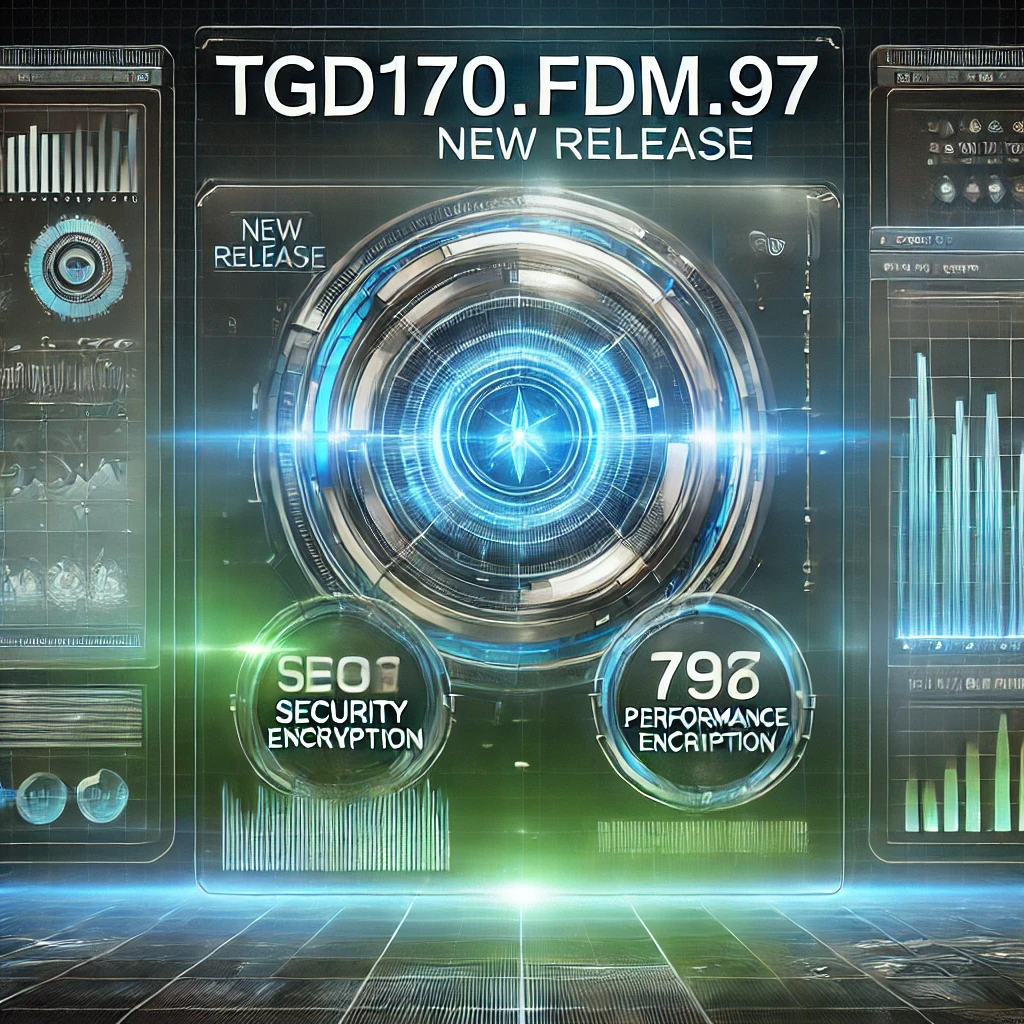
RaterPoint: The Secret to Smart Decision-Making and Better Choices
Ever been stuck between two equally tempting choices, feeling like flipping a coin is the only way out? Welcome to the dilemma of decision-making! But what if there was a structured way to evaluate options, weigh pros and cons, and come to a logical yet satisfying decision? Enter RaterPoint – a system that helps you rate, analyze, and prioritize your choices with precision.
In this article, we’ll explore what RaterPoint is, how it works, and how you can apply it to different areas of life. Whether you’re choosing a career, buying a car, or picking the next binge-worthy show, RaterPoint can be your guiding star!
What is RaterPoint?
At its core, RaterPoint is a decision-making framework that assigns numerical values (or points) to different aspects of a choice. It transforms subjective opinions into objective comparisons by creating a scoring system that ranks options based on predefined criteria.
Sounds simple, right? Well, it is! And that’s the beauty of RaterPoint – it brings clarity to confusion without overwhelming you with unnecessary complexity.
How Does RaterPoint Work?
Using RaterPoint involves a few straightforward steps:
- Identify the Decision – What are you choosing between?
- Set Evaluation Criteria – What factors matter most?
- Assign Weights to Criteria – Not all factors are equally important.
- Score Each Option – Rate each choice based on the criteria.
- Calculate the Total Score – Add up the points and compare.
- Make a Decision – The highest-scoring option wins!
The Science Behind RaterPoint
Why does RaterPoint work so well? Because it’s grounded in cognitive psychology and decision science. Studies show that people struggle with subjective choices, often falling victim to biases and emotions. By converting abstract preferences into quantifiable data, eliminates uncertainty and promotes rational decision-making.
Here’s why it’s effective:
- Eliminates Guesswork – No more “going with your gut” (unless it scores high!).
- Reduces Emotional Bias – Numbers don’t lie, but emotions can be deceiving.
- Saves Time – Quick, structured analysis leads to faster decisions.
- Enhances Clarity – Seeing options ranked numerically brings instant clarity.
Applying RaterPoint in Everyday Life
1. Career Choices
Use RaterPoint! Evaluate factors like salary, work-life balance, growth potential, company culture, and commute time, then assign scores accordingly.
2. Buying a Car
Is the fuel efficiency more important than the brand? Does safety outrank aesthetics? A RaterPoint chart with price, mileage, features, reviews, and reliability can settle the debate.
3. Relationship Decisions
Not sure whether to take your relationship to the next level? Rate your partner (and yourself!) on compatibility, values, communication, and future goals. You might be surprised at the results!
4. Travel Planning
Trying to decide between Bali and Switzerland for your next vacation? Create a RaterPoint table with cost, activities, weather, food, and adventure levels, then pick the winner.
RaterPoint in Business and Productivity
Business Strategy
Companies use decision matrices, a version of, to evaluate investments, hire employees, and develop products. If businesses trust structured rating systems, why shouldn’t you?
Productivity Hacks
Got a to-do list longer than a Netflix binge-watching session? Prioritize tasks with by assigning urgency and impact scores. Tackle the highest-rated task first for maximum efficiency.
Digital Marketing
Marketers often rate strategies based on ROI, engagement, and reach. Applying to SEO, content creation, and advertising can lead to better campaigns with measurable success.
Common Mistakes to Avoid with RaterPoint
- Overcomplicating the Process – Keep criteria limited to avoid analysis paralysis.
- Ignoring Subjectivity – Some decisions (like choosing a pet) need a mix of logic and emotion.
- Forgetting to Adjust Weights – Not all criteria are equally important!
- Relying Solely on Numbers – Use as a guide, but trust your instincts too.
FAQs
1. Is RaterPoint a software or an actual system?
It’s a concept rather than a specific tool. However, you can create RaterPoint charts in Excel, Google Sheets, or even on paper.
2. Can RaterPoint be used for group decision-making?
Absolutely! Teams can assign collective scores and make data-driven choices collaboratively.
3. Does RaterPoint guarantee the best decision?
No system is foolproof, but RaterPoint reduces uncertainty and improves decision quality.
4. What if two options score the same?
Re-evaluate your criteria, adjust the weightage, or add a tie-breaker category.
Conclusion
RaterPoint isn’t just a gimmick—it’s a powerful tool that transforms the way you make decisions. Whether you’re navigating career moves, financial investments, or personal dilemmas, this structured approach provides clarity, confidence, and control over your choices.
So, next time you’re stuck between “this or that,” don’t just flip a coin—use! Who knew decision-making could be this easy?
Want to give a try? Start with a simple decision today and see the magic unfold. Happy rating!








